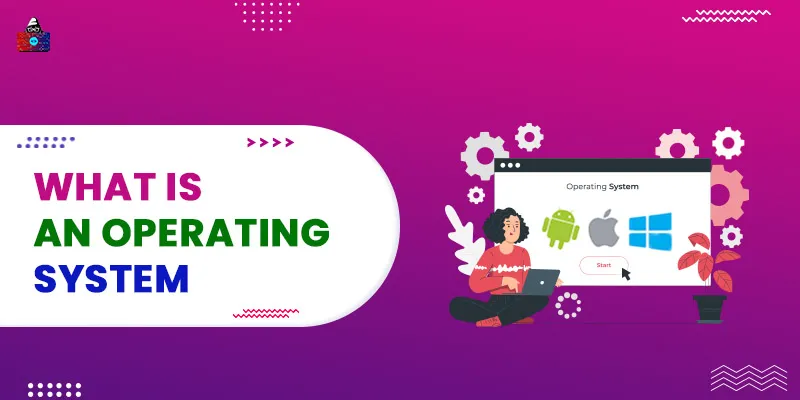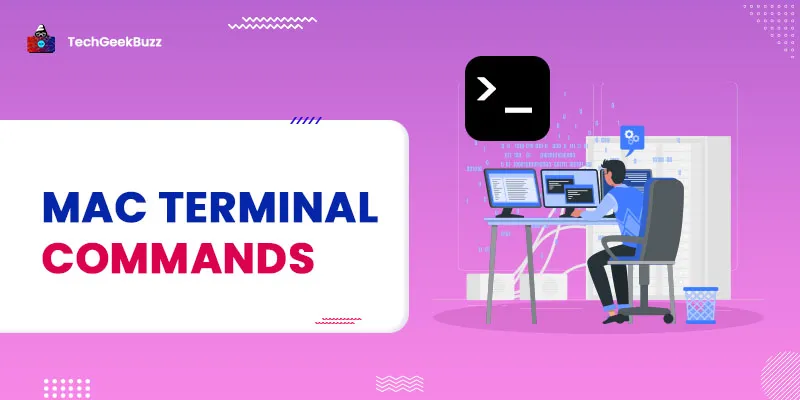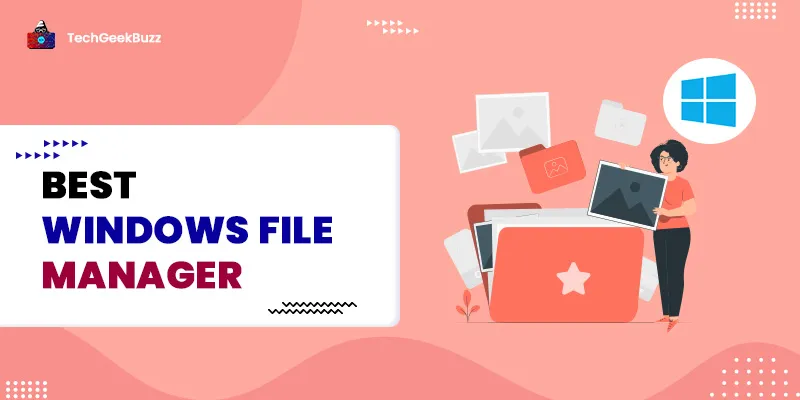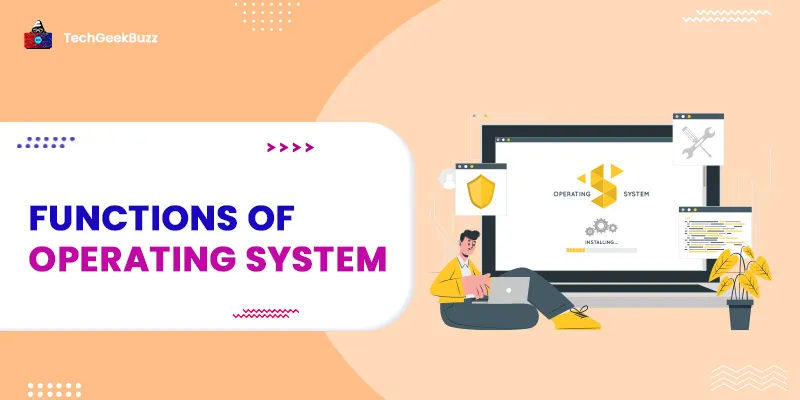Every Digital device which can run some kind of program or application consists of an Operating System or OS; whether you use a smartwatch or a Desktop, you do require a specific Operating System to run the software and applications on your device.
However, only desktops and Personal Computers allow you to switch between operating systems, but devices like mobile and smartwatches do not give freedom to change their operating systems. Right Now, there are lots of Operating systems present in the market, and if we look at the market share of each operating system, we can say that Window leads the overall shear with a significant margin.
What is an Operating System?
OS is software that provides an interface between System software and system hardware; we can say that an Operating system is a base on which all the other applications of the system run. For instance, all of your windows .exe files run on your operating system.
There are many features and roles of an OS, and the overall performance of the system is also affected by its operating system. You may have noticed that popular operating systems like Linux, and Mac, with less hardware specification, run better than some of the high-end hardware of Windows OS. Though an OS has many tasks, its main objective is to set proper communication between the system software and the corresponding system hardware.
History
The concept of OS was introduced in the 1950s, and they were designed to speed up the processing unit of a computer by running different programs, and till the 1960s, Operating Systems were very complex. In the 1980s, when personal computers became popular, then the operating systems also became famous, and companies like Apple and Microsoft designed OS that provides UI and can run on a large number of computers.
Before the concept of running different applications or programs on a system, computers were designed to perform a single program, where a program was inserted on punch tape, and the machines were supposed to perform a similar task again and again.
But later, when the OS came onto the market, it brought various concepts to computers now. Instead of punch tape now, we have multiple libraries of programs that would be linked to a user’s program to assist in operations like input and output and generating computer code from human-readable code.
What does an OS Do?
Everything on your system is controlled by your OS. As far as we know that the main objective of an operating system is to provide an interface between software and hardware, so what does it mean?
It means every time you are on an application that requires a specific set of hardware, then the Operating System will link that software with the corresponding Hardware. For instance, if you click on the camera application, the operating system links the Hardware camera with your software. You are good at clicking a picture or capturing a video.
To set communication between the system software with the equivalent hardware, the OS uses a Device driver. You may have noticed that sometimes when we do not have a particular driver installed in our system for our Hardware, the computer throws an error of “No Driver Installed,” device drivers are the programs controlled by the operating system to set the communication with the hardware.
Apart from Drivers, an Operating System includes many things, such as system services, libraries, and many APIs(Application Programming Interfaces).
Objectives of an OS:
There are some main objectives of an operating system, and every operating system stands on some goals which it provides to its user.
- Make the system convenient and efficient in usage.
- Act as an interface between the system software and system hardware.
- Sync the system call with the hardware response.
- Manage the resources of the computer.
- Keeps track of all the process usage and uses the best algorithm for the use of all the computer resources.
- Distribute the system resources to the computer efficiently.
- Hide the hardware detail resources from the user.
Types
There are various types of Operating systems, and mostly every Operating system is used by different devices, and many systems use a combination of two or more two types of Operating systems .
- Batch OS
- Interactive OS
- Real-Time OS
- Multiprogramming OS
- Timesharing OS
- Multiprocessing OS
- Distributed OS
Main Function
It performs many functions, which make it easy to use a particular device.
- Memory Management: Memory management is the key feature of Operating systems. OS always keeps tracking the use of memory and allocates & deallocates the memory to the program according to the demand.
- Processor Management: It can control the use of processors and allocate & deallocate the processor process.
- Device Management: OS keeps track of all the devices linked to it. In this Operating system, decide which device should get which process.
- File Management: It keeps tracking all the stored files. It can delete and generate a new file.
- Security Management: It provides protection from unauthorized activities, and in terms of passwords, it also provides privacy to the user.
- Detect-Error: It shows the error messages and different debugging notifications if there is any problem in the Operating system
- Coordination Between User and software: It provides an interface so the user can directly approach the software.
Read this Post: Best Gaming Processors
Conclusion
It does not matter whether it is a mobile device or a supercomputer . All computer devices require a specific operating system to run their program and application, and for every operating system, we have a different set of applications. For instance, we can not run the Linux Chrome browser program on Windows OS. If we want to run chrome on windows we need to download the window version of Chrome.
People are also reading:





Leave a Comment on this Post